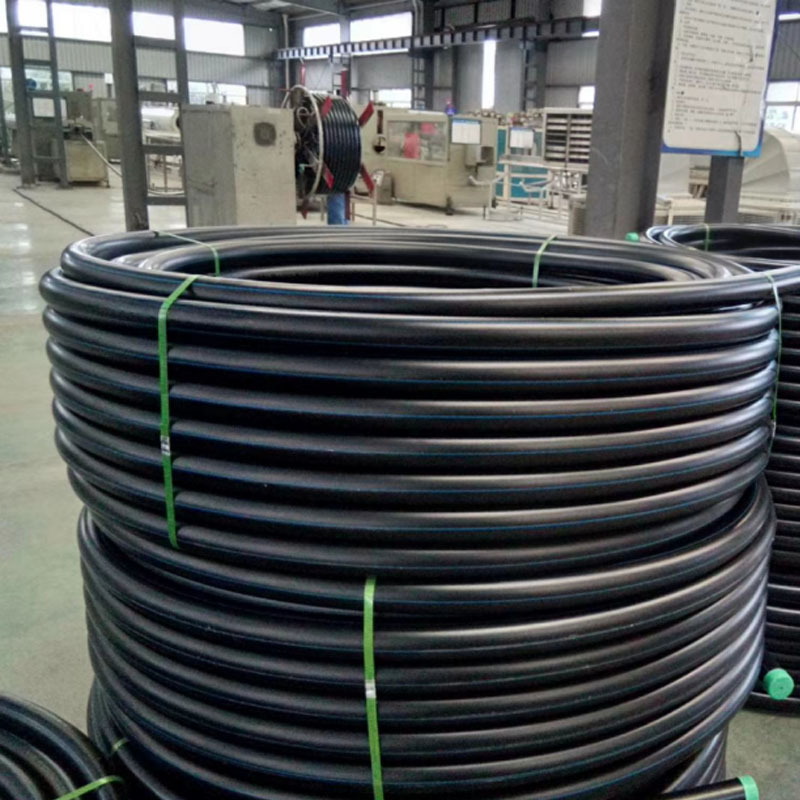Oct . 15, 2024 16:15 Back to list
High-Density Polyethylene Sprinkler Pipe Fittings Manufacturing Solutions and Innovations
Understanding HDPE Sprinkler Pipe Fittings A Closer Look at the Manufacturing Process
In recent years, the demand for high-density polyethylene (HDPE) sprinkler pipe fittings has witnessed significant growth, particularly in agricultural, landscaping, and industrial applications. This surge is largely attributed to the material's durability, flexibility, and resistance to corrosion and chemicals. Let’s delve deeper into the world of HDPE sprinkler pipe fittings, exploring their manufacturing process and the advantages they bring to various sectors.
The Importance of HDPE in Irrigation Systems
HDPE is a thermoplastic polymer known for its high strength-to-density ratio. This makes it an ideal choice for sprinkler systems where flexibility and resistance to environmental factors are crucial. HDPE pipes are capable of enduring high pressure and are less likely to crack or break compared to other materials, such as PVC or metal. Furthermore, HDPE is lightweight, making it easy to handle and install, which is a significant advantage for large-scale irrigation projects.
The Manufacturing Process of HDPE Sprinkler Pipe Fittings
The production of HDPE sprinkler pipe fittings begins with the procurement of high-quality virgin HDPE resin, typically characterized by a density of 0.940g/cm³ or higher. The following steps highlight the fundamental processes involved in manufacturing these fittings
1. Extrusion of HDPE Pipes The first step in creating HDPE fittings involves the extrusion of HDPE pipes. The resin is heated and melted, then forced through a die to form pipes of desired diameters. The extruded pipes are cooled using water or air to solidify their shape.
2. Cutting and Shaping Once the HDPE pipes have cooled and solidified, they are cut into specific lengths that will be used for various fittings (such as elbows, tees, couplings, and reducers). This stage may also involve machining and shaping processes to ensure that the fitting ends match the required specifications for connection to other pipes or sprinkler heads.
3. Fabrication of Fittings The cut pipe segments undergo further processes where they are heated and re-shaped to form specific fittings. Techniques such as injection molding and blow molding might be used, depending on the complexity and design of the fittings. This ensures that each fitting has a precise shape and size to maximize performance.
hdpe sprinkler pipe fittings factory

4. Quality Control High-quality standards are crucial in the manufacturing of HDPE fittings. Rigorous testing is conducted to ensure that the fittings can withstand various pressures and environmental conditions. This includes pressure tests, stress tests, and inspections for any defects.
5. Surface Finishing After quality checks, the fittings undergo surface finishing to improve aesthetics and prevent rough edges. Some manufacturers may also apply coatings or color them for branding purposes or to indicate specific features, such as pressure ratings.
6. Packaging and Distribution Finally, the finished fittings are packaged and prepared for distribution. This may involve placing them in bulk packaging for contractors or individual packaging for retail distributions.
Advantages of Using HDPE Sprinkler Pipe Fittings
The use of HDPE fittings in sprinkler systems offers numerous benefits, including
- Longevity HDPE fittings have a long lifespan, often exceeding 50 years with proper installation and maintenance. - Cost-Effectiveness Although the initial investment may be higher compared to traditional materials, the durability and lower maintenance costs of HDPE fittings make them more economical in the long run. - Environmental Resistance HDPE is resistant to a wide range of chemicals and does not corrode, making it suitable for diverse environmental conditions. - Flexibility The flexibility of HDPE fittings allows for easy installation in uneven terrains and makes them less susceptible to damage from ground movement. - Sustainability HDPE is recyclable, contributing to eco-friendly project outcomes and reducing environmental impact.
Conclusion
HDPE sprinkler pipe fittings have become an indispensable component of modern irrigation systems. Their robust manufacturing process ensures that they meet the high standards required for efficiency and durability, making them the preferred choice for both agricultural and industrial applications. With the continued rise in demand for sustainable and effective irrigation solutions, HDPE fittings are expected to play a crucial role in shaping the future of water management.
-
High-Quality PVC Borehole Pipes Durable & Versatile Pipe Solutions
NewsJul.08,2025
-
High-Quality PVC Perforated Pipes for Efficient Drainage Leading Manufacturers & Factories
NewsJul.08,2025
-
High-Quality PVC Borehole Pipes Durable Pipe Solutions by Leading Manufacturer
NewsJul.08,2025
-
High-Quality PVC Borehole Pipes Reliable PVC Pipe Manufacturer Solutions
NewsJul.07,2025
-
High-Quality UPVC Drain Pipes Durable HDPE & Drain Pipe Solutions
NewsJul.07,2025
-
High-Quality Conduit Pipes & HDPE Conduit Fittings Manufacturer Reliable Factory Supply
NewsJul.06,2025

